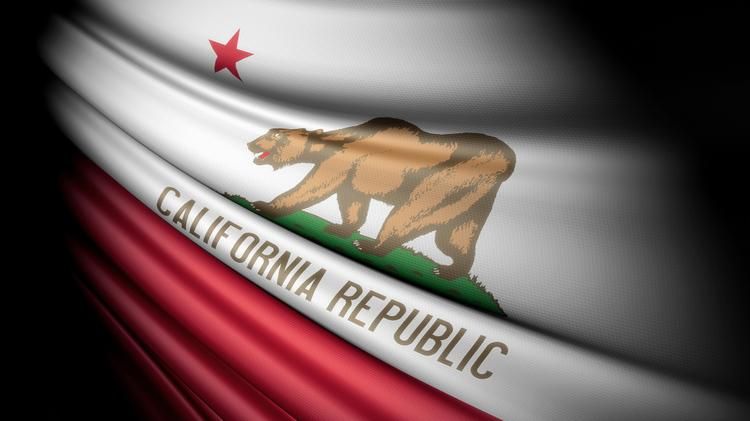‘Three California’ plan won’t appear on November ballot, California Supreme Court rules
 The California Supreme Court on Wednesday blocked the controversial initiative aimed at dividing California into three states from going to voters in November.
The California Supreme Court on Wednesday blocked the controversial initiative aimed at dividing California into three states from going to voters in November.
Earlier this summer, the Tim Draper-backed plan announced that it had obtained enough signatures to get on the ballot, grabbing national headlines about whether such a plan had any realistic chance of getting voter approval.
But in its ruling Wednesday, the state’s high court unanimously blocked the initiative “because significant questions have been raised regarding the proposition’s validity and because we conclude that the potential harm in permitting the measure to remain on the ballot outweighs the potential harm in delaying the proposition to a future election.”
The lawsuit was filed by The Planning and Conservation League, an environmental group, which argued that the measure amounted to an amendment to the California Constitution, meaning it would require the two-thirds approval of the Assembly and the state Senate to get on the ballot.
“Proposition 9 was a costly, flawed scheme that will waste billions of California taxpayer dollars, create chaos in public services including safeguarding our environment and literally eliminate the State of California – all to satisfy the whims of one billionaire,” Howard Penn, executive director of the Planning and Conservation League, said in a statement. “We are thankful for the opportunity to save Californians from having to vote on a billionaire’s folly.”
The “Three Californias” plan proposed splitting the state up into California, Northern California and Southern California in an attempt to improve things like the state’s infrastructure and education system.
Under the plan, Northern California would go from the San Jose area and extend to the Oregon border. Southern California would start in Fresno and cover most of Southern California, including the Inland empire and San Diego, and California would include Los Angeles County and extend up the coast to Monterey County.
In addition to the legal hurdles, the proposal came with many question marks, like the transactional costs of actually breaking up the state’s university systems, public works projects and other governmental services.
However, the state Supreme Court’s ruling doesn’t completely end the effort, as the justices noted that the measure may be able to qualify for a future ballot, depending on a final ruling on the legality of the proposal.
“The whole point of the initiative process was to be set up as a protection from a government that was no longer representing its people. Now that protection has been corrupted,” Draper said in a statement posted on Facebook. “Whether you agree or not with this initiative, this is not the way democracies are supposed to work. This kind of corruption is what happens in third world countries.”
Related Articles
Tech experts wary about healthcare.gov progress
In the wake of the disastrous healthcare.gov rollout, Americans began to wonder when the federal exchange website would be fixed.
'Ideal' State Budget Forecast
JAN. 14, 2011 By KATY GRIMES On Thursday the Senate and Assembly Budget Committees got a dose of happy budget
UC workers approve strike vote
More than 21,000 workers at the University of California have voted to go on strike. An overwhelming 96 percent of the university’s service




